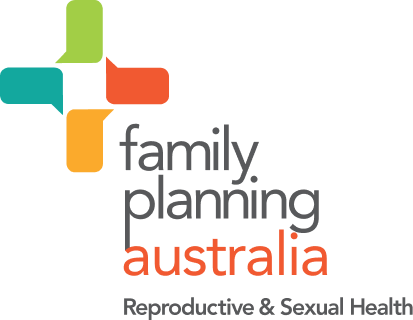Chapter 16 – Management of Sexual Assault and Domestic Violence in Primary Health Care
Find the information you need
Family, domestic and sexual violence
Family, domestic and sexual violence are major health and welfare issues. They occur across all ages, and all socioeconomic and demographic groups, but predominantly affect women and children.
Violence is a common experience; it is also a gendered one. Although men are more likely to experience physical violence of any type, women are more likely to experience sexual violence, intimate partner violence, stalking, sexual harassment and child abuse.
Extensive research indicates violence, abuse and neglect has serious impacts on people’s health and wellbeing (see Figure 16.1). These impacts are cumulative and may be incrementally worse for victims experiencing multiple types of abuse.(1)
Note that this chapter generally uses female pronouns to describe victims of violence for ease of reading; while men and women can be the victims or perpetrators of sexualised violence, the majority of crimes are perpetrated by men against women.
Figure 16.1 Risk factors contributing to disease burden in Australian women aged 18-44 years
Ayrne J, Lum On M, Webster K, Gourley M, Moon L. Examination of the burden of disease of intimate partner violence against women: Final report. ANROWS Horizon 2016; 7. Figure: Top 8 risk factors contributing to disease burden in Australian women aged 18-44 years; p. ... Buy now
